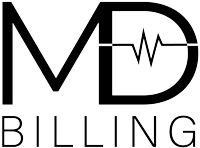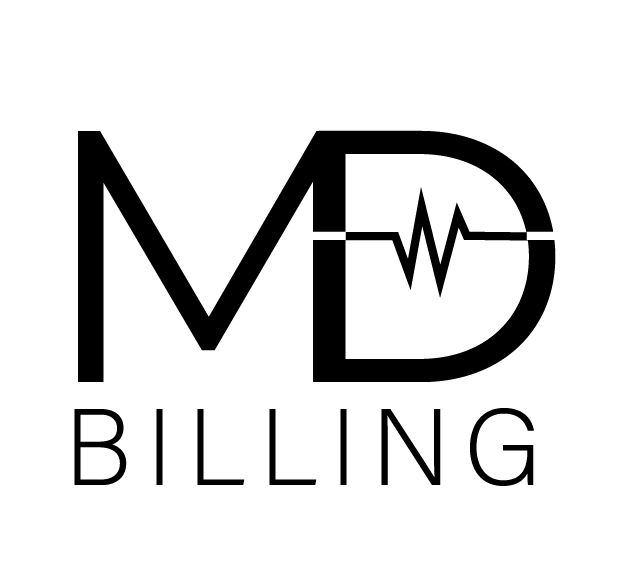Medical Billing Process

The medical billing process itself is a confusing and bewildering system not easily deciphered by those with an untrained eye. Like most things involving insurance companies, the process for many is over-complicated, but hopefully by the end of reading this you’ll have a better understanding of the medical billing process as well as how each individual service can bolster your financial returns.
Patient Check in:
The Medical Billing process begins when a patient first steps through the door. The initial appointment registration requires patients to complete mandatory forms and confirm patient information, including addresses and insurance coverage. It should be the front staff’s priority to confirm financial responsibility with the patient and collect any copayments. Collecting payments upfront and in a timely manner can help increase a practices revenue.
Charge Entry and Claim Submission:
Charge entry and claim submission is the act of sending “codes” in the form of a superbill. A superbill contains patient information, such as demographic info, medical history, and procedures performed. Each of these procedures is paired with a diagnosis code (an ICD code) that demonstrates the medical necessity. While many practices code in-house it’s becoming increasingly popular to outsource due to the rapid changes in regulations set by Health Insurance Portability and Accountability Act (HIPAA) and the Office of the Inspector General (OIG).
For popular third-party payer like Medicare and Medicaid, a biller has two options. They can send claims to the payers directly, or to a clearinghouse. Payers tend to only accept claims when presented on the proper form and in a format that is au fait with their individual requirements. A clearinghouse’s purpose is to take claims from billers and transmit them to payers (insurance companies) on the proper form, saving them time.
Denials:
Once a payer has received claims from the clearinghouse, the clearinghouse either accepts, denies or rejects a claim in a process known as adjudication. A rejected claim means that there was an issue with the claim, such as missing information. Denials mean the payer will not pay the claim. This usually happens in circumstances such as a patient having a procedure done for a previous condition that is not covered under their agreement with the insurance company.
Once the payer has reviewed the claims issued by the biller, they send a report that lists each claim, whether it was accepted, denied or rejected, and why. Billers then review these reports for any discrepancies made by the payer, issuing appeals on behalf of the provider if there are any. MD Billing’s low denial rate of four percent is one of the proven ways we help maximize your returns.
Patient Statements:
After reports are reviewed, and the payer has aggreged to pay the provider for a portion of the services provided to the patient; the biller then creates a patient statement. Patient statements are a bill to the patient, from the provider for any procedure(s). Once patient statements have been issued, it is time to move to the last phase of the billing process.
Patient Collections:
Patient collections are exactly what they sound like; the process of ensuring that a patient pays the provider and yes, sometimes it can be quite challenging. It is the biller’s responsibility to issue patient statements accurately and in a timely manner. It is also the biller’s responsibility to follow-up on patient statements that have not been paid. Patient follow-ups consist of the biller issuing follow-up statements, contacting the patient directly and even contacting collection agencies. As one might expect, the patient collection process can take the most time out of all the services executed in the medical billing process and is one of the main factors providers choose to outsource their medical billing needs.
We’ve all heard the term “Time is money” and for a copious number of providers both large and small this couldn’t be more true. The amount of time necessary to bill at the same rates and efficiency as a medical billing companies like MD Billing is often overwhelming for providers. When outsourcing with most billing companies, providers are inclined to sign-up for an RCM (Revenue Cycle Management) service. This service encompasses the entire medical billing process and doesn’t always meet the exact needs of differently managed providers.
Visit our website https://mdbilling.com/quote/ to get a free quote on any of our services for your practice!
We focus on billing so you can focus on patient care
© 2020 MD Billing. All Rights Reserved.

